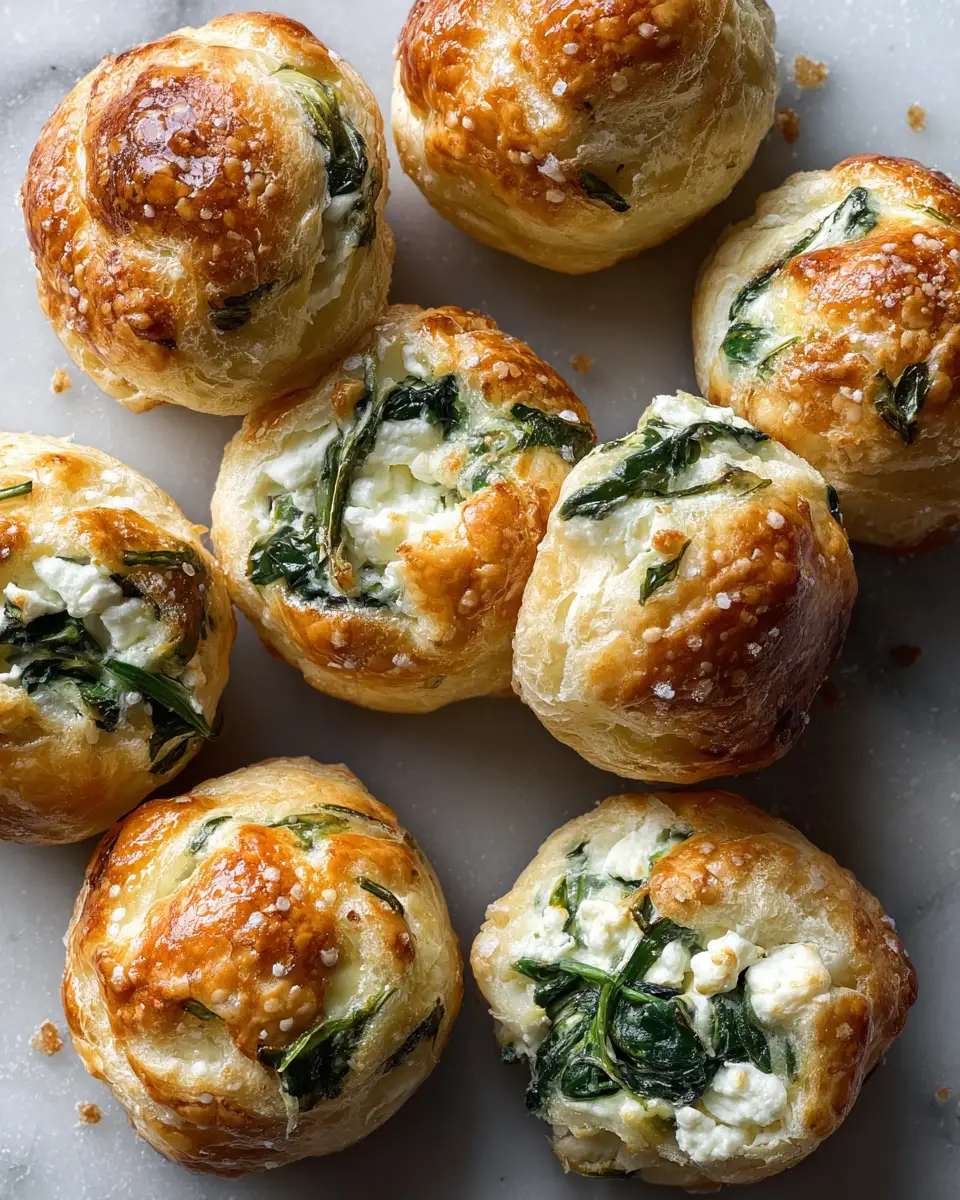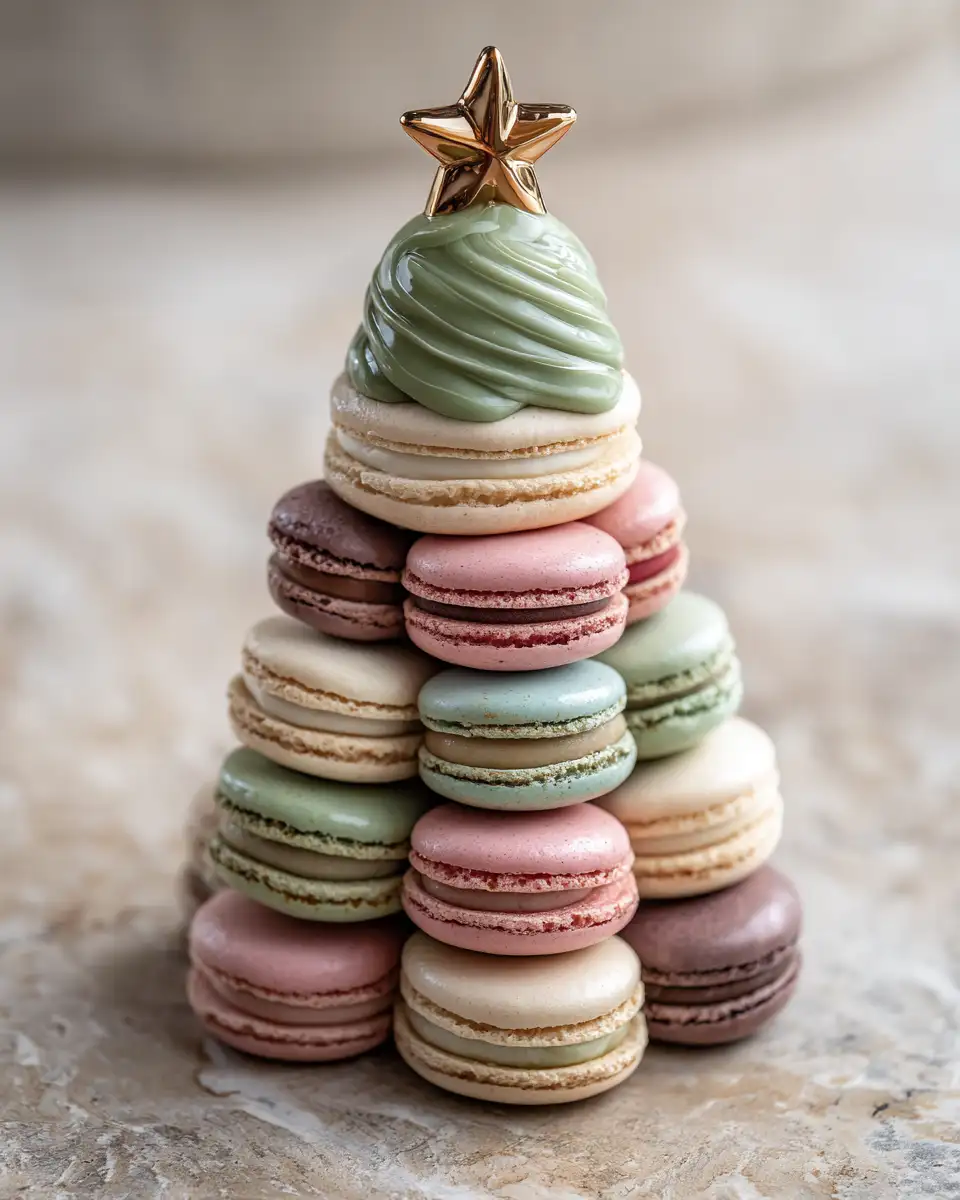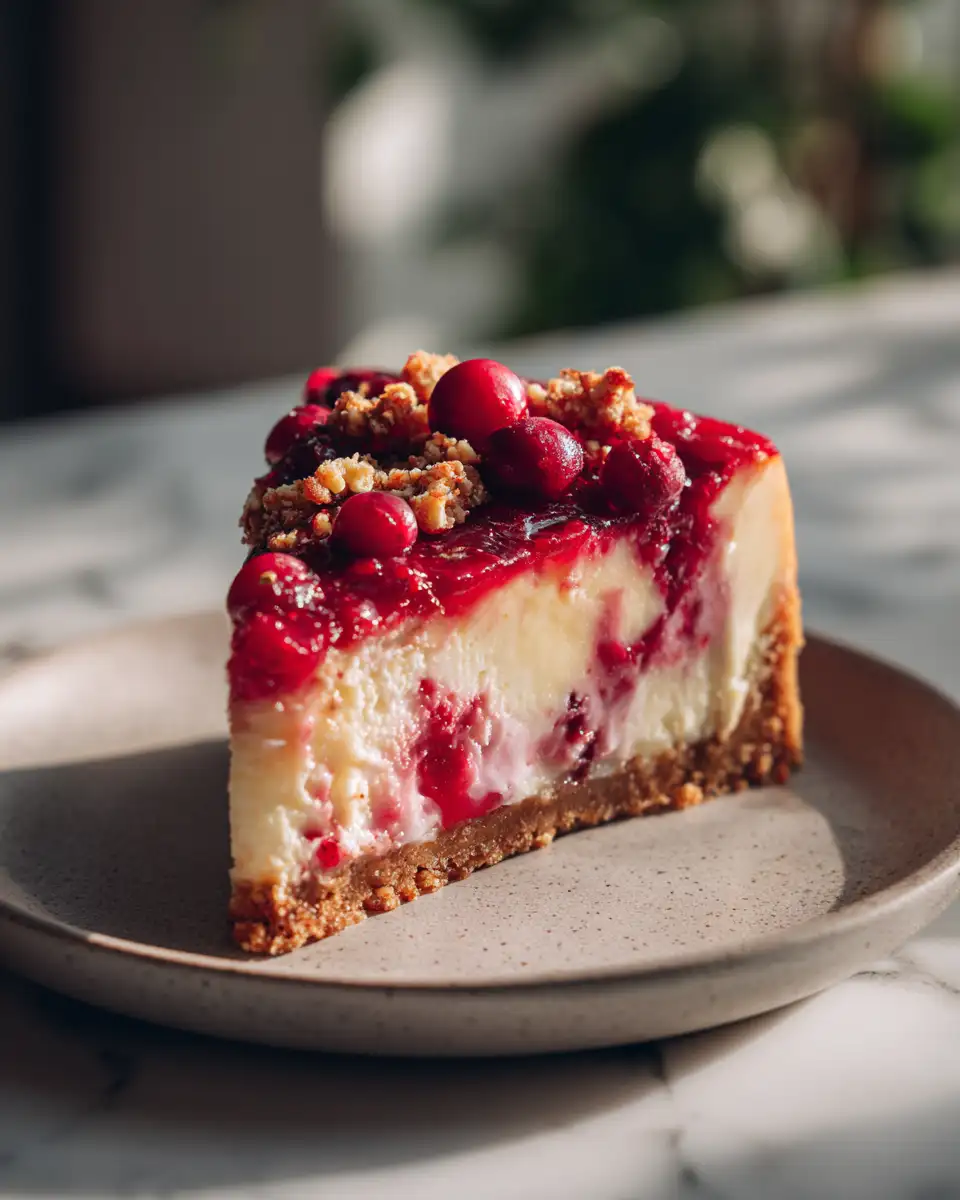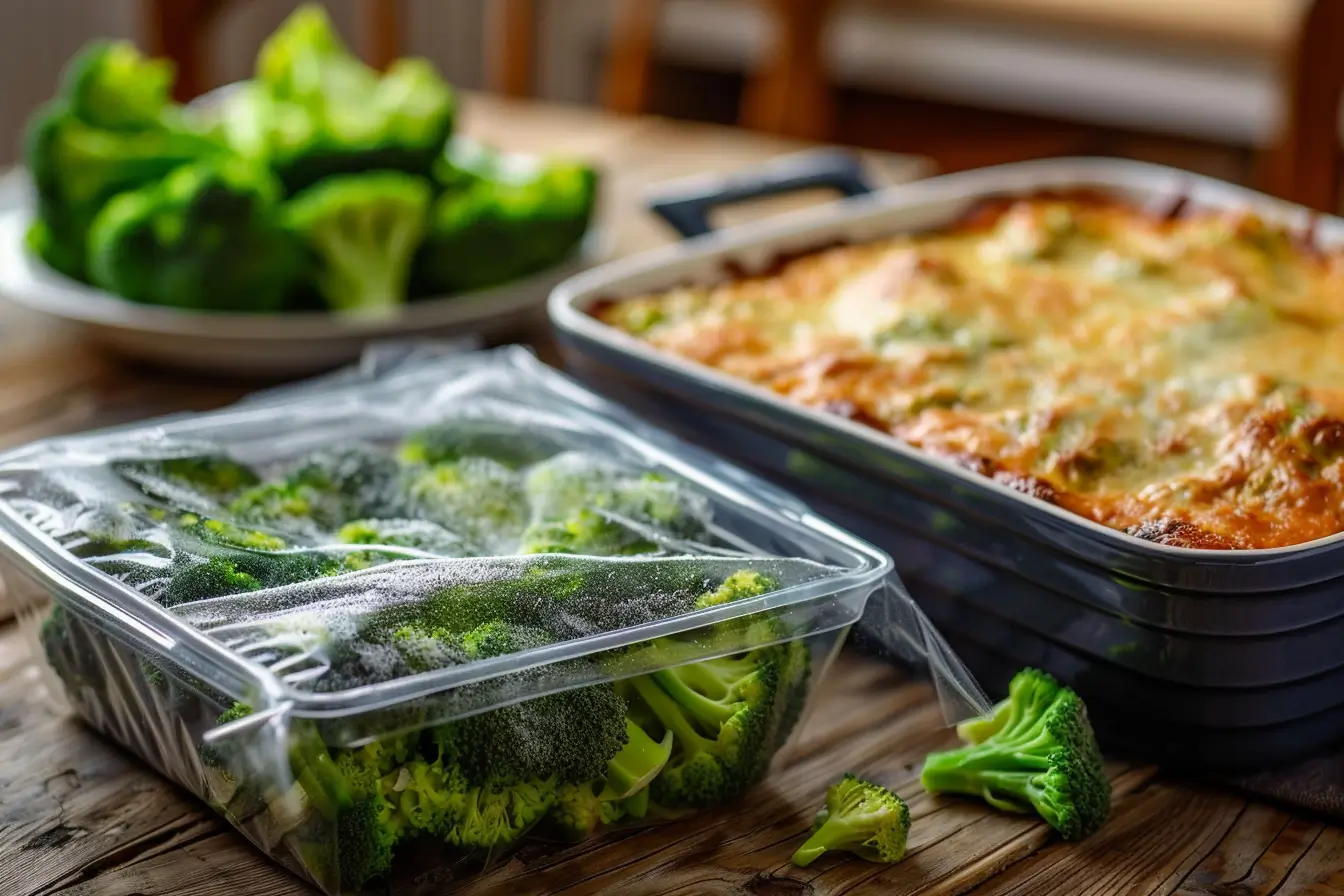Dump cakes have a special place in my heart, mostly because of the memories they carry. I can still see Mama Lou in her cozy kitchen, effortlessly layering canned fillings and cake mix like it was the easiest thing in the world. And yet, despite the simplicity, there’s one mistake that can turn this seemingly foolproof dessert into a soggy, sad mess. Let me share what that mistake is—and how you can avoid it so your dump cake always comes out a winner.
Table of Contents
Why Dump Cakes Are a Family Favorite
Before we talk about the biggest mistake, I want to remind you why dump cakes hold such a beloved spot in family kitchens like ours. My sister Ouma and I grew up loving these desserts for their no-fuss nature. They feel like a cheat but taste like a treat. With just a few pantry staples, you can whip up a warm, comforting dessert that fills the house with that nostalgic aroma we all crave. For more expert tricks and flavor ideas, check out my Chocolate Dump Cake Recipe Tips.
But as with anything easy, the devil’s in the details.
The Biggest Mistake: Skipping the Butter or Using Too Little
This is it—the one thing that can make or break your dump cake: not using enough butter or skipping it altogether. I’ve seen so many well-intentioned bakers rely solely on the cake mix and canned fruit, thinking the butter is optional or they can substitute it with oil or margarine. Nope. That buttery layer is the crown jewel that crisps the cake mix and gives the dessert its signature golden, crunchy top.
Without enough butter, your cake will be flat and dry on top or worse—pudding-like at the bottom, missing that lovely textural contrast.
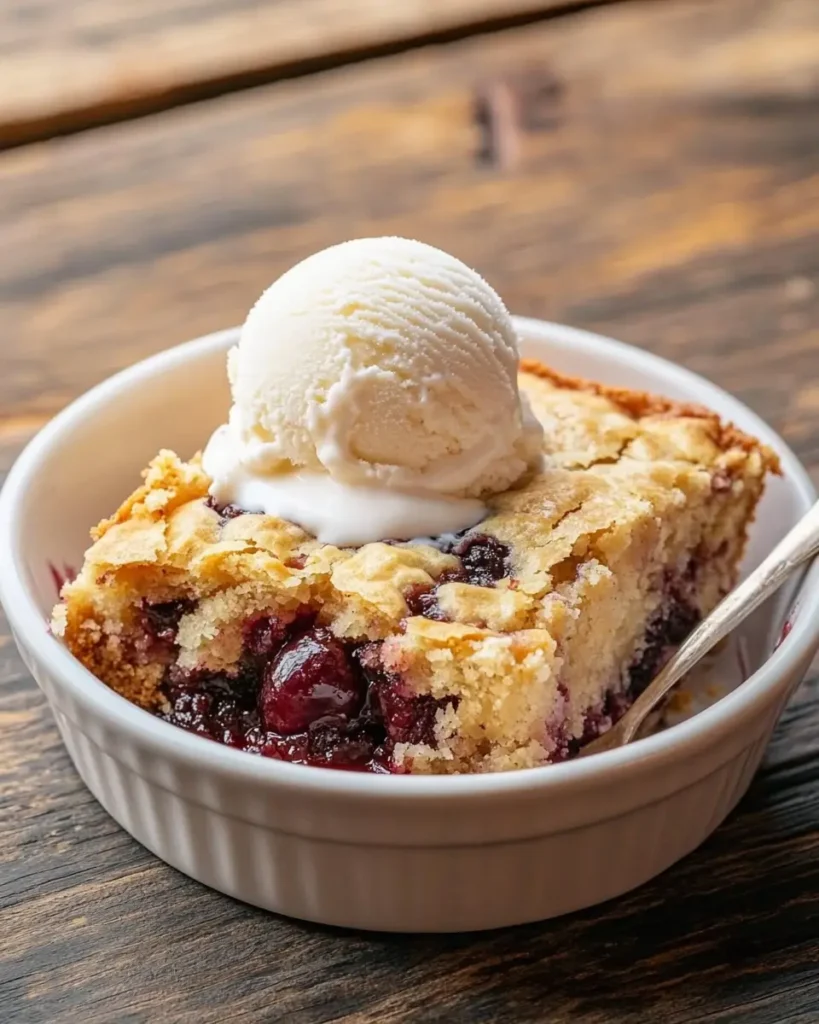
How Butter Works Its Magic
Butter melts slowly as the cake bakes, soaking into the dry cake mix and transforming it. It creates a slightly crisp crust with rich, buttery flavor that contrasts perfectly with the gooey fruit filling beneath. Mama Lou always said, “Butter is love you can taste.” And she was right.
Here’s my take: stick to real butter, sliced into pats or melted and drizzled evenly. Don’t use margarine or butter substitutes—they just don’t give the same flavor or texture.
Other Common Mistakes and How to Dodge Them
1. Overmixing or Stirring the Ingredients
Dump cakes get their charm from the layers being undisturbed. Mixing everything together turns the whole thing into a soggy mess. Just layer your fruit, sprinkle the cake mix on top, and add the butter. That’s it.
2. Ignoring the Baking Time and Temperature
Too low, and you get a gooey center; too high, and the top burns before the filling is done. Follow the recipe’s baking time, but keep an eye on the bubbling edges and golden crust. Oven temps can vary, so adjust as needed.
3. Using the Wrong Cake Mix
Not all cake mixes are created equal. I prefer chocolate or devil’s food mixes for a rich flavor, but vanilla works fine too. Avoid mixes with added frosting or pudding in the box—they mess with the texture.
My Favorite Butter Tip for a Perfect Dump Cake
When I bake, I slice the butter cold and place the pieces evenly across the top of the dry cake mix. Sometimes, I even melt it and drizzle it slowly to make sure every bit of the cake mix gets coated. It’s a little extra work but trust me, it’s worth it.
Ouma swears by adding a pinch of cinnamon on top with the butter for a warm, cozy twist. Mama Lou would just smile and say, “That’s my girls—making every bite special.”
Wrapping It Up: What You Need to Remember
The biggest mistake to avoid when making a dump cake is definitely skimping on the butter. Use plenty, use real butter, and spread it well. Keep your layers intact and bake at the right temp for that golden, bubbly finish.
This simple attention to detail will elevate your dump cake from “meh” to “wow.” And honestly, isn’t that what family desserts are all about? Sharing a warm, homemade treat that reminds us of love, laughter, and those small kitchen moments with the people we care about.
So yeah, if you’ve been sleeping on dump cakes or thinking they’re too simple to perfect, now’s the time to wake up and give it a shot. Trust me—you’ll thank yourself later.



